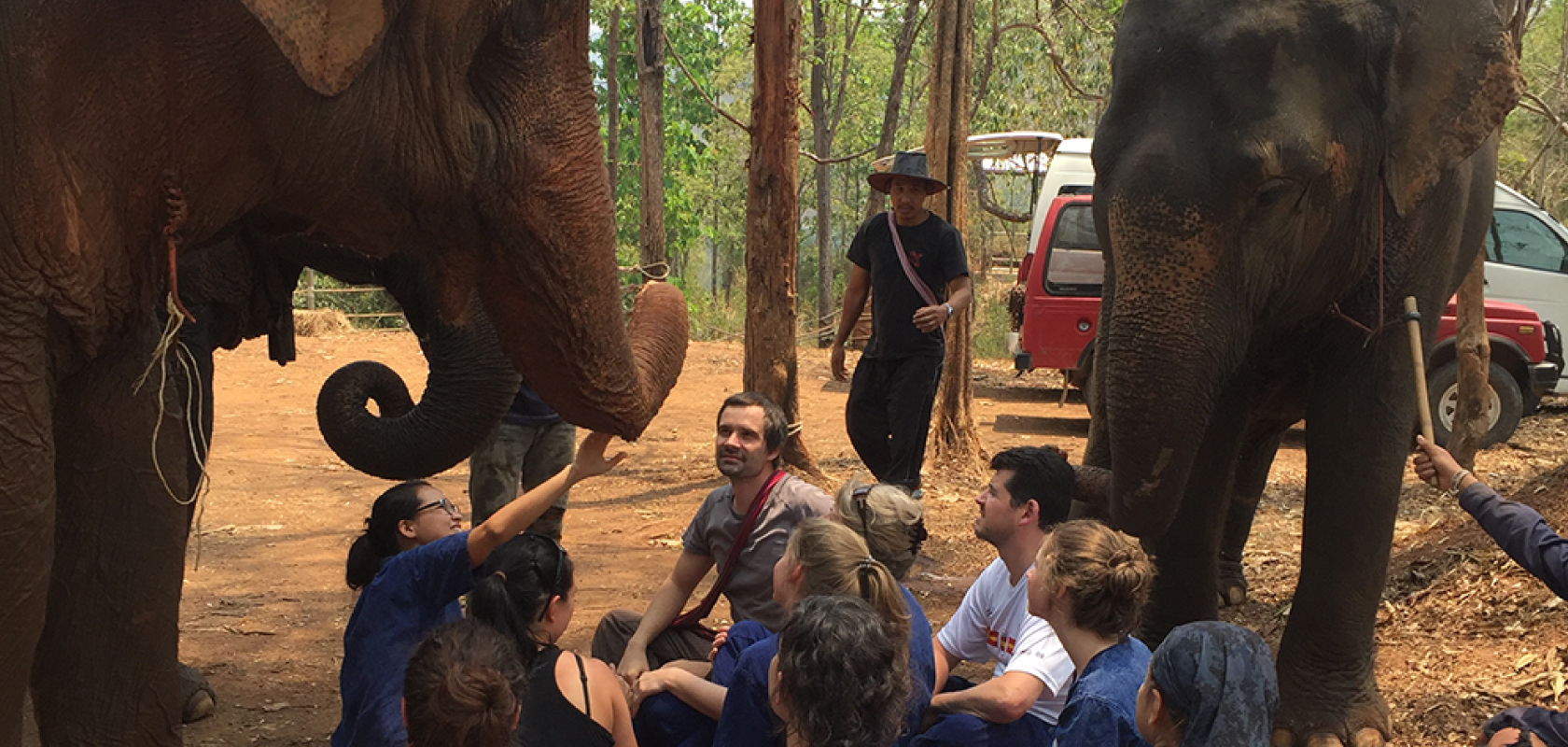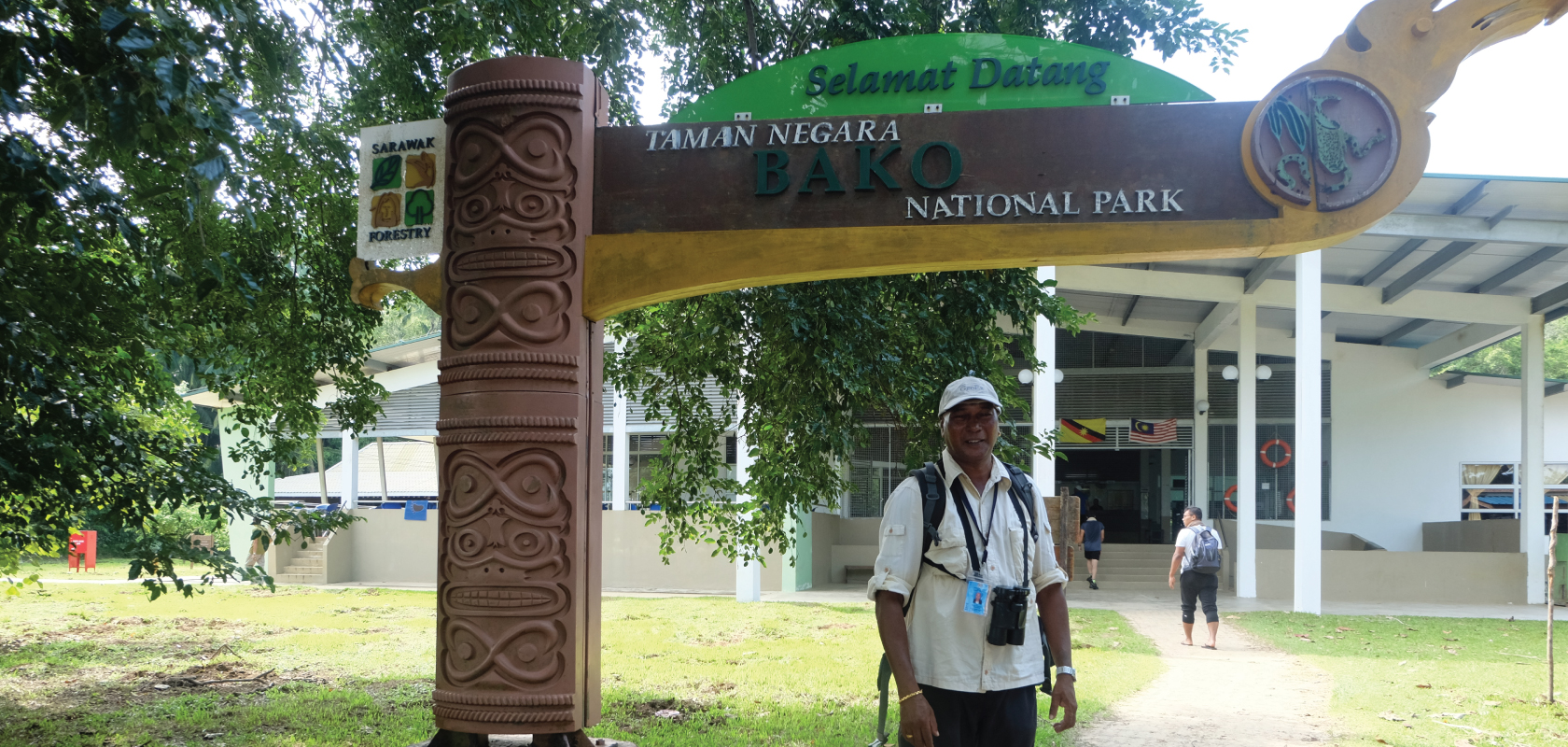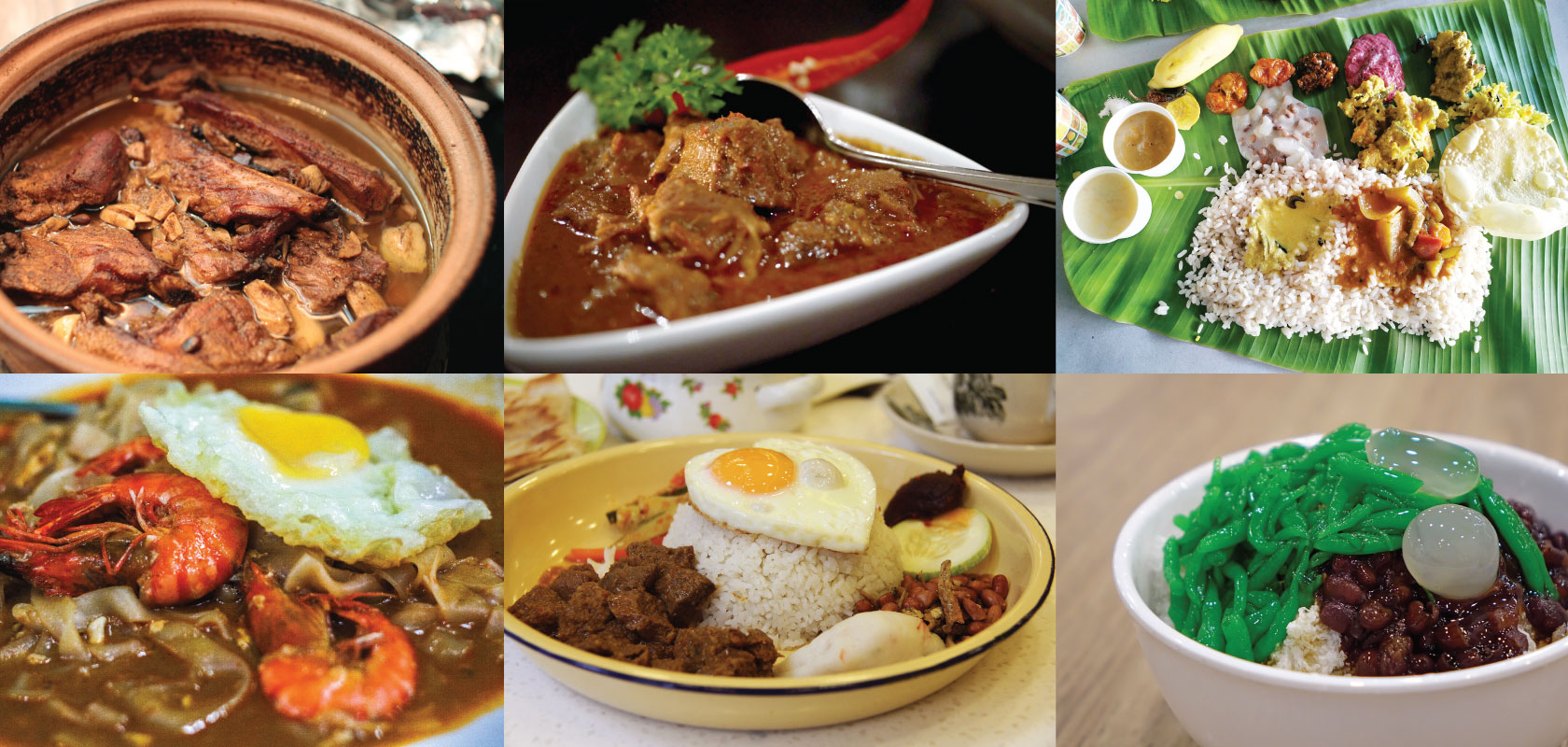Asia’s elephants have always held a revered role in the region’s history and culture. Here Napason Wetchapram, CSR Ambassador at Diethelm Travel Thailand, shares more about the gentle giants place in ancient and modern day Asia and how travellers can visit these magnificent creatures in an ethical and sustainable way.
Elephants are an important animal and symbol for Thailand as they used to support kings throughout history during times of war. I got a chance to spend Thailand’s New Year, or Songkran, with elephants in the northern part of the country to learn more about the animals and how they’re treated today. To be honest, I hadn’t really been interested in visiting elephants before, but I quickly changed my mind after experiencing this trip!
[showimage url1=”https://www.diethelmtravel.com/wp-content/uploads/2017/05/Large-1.jpg” url2=”https://www.diethelmtravel.com/wp-content/uploads/2017/05/Small.jpg”]
Mae Sa Pok Nua: A Peaceful Area
My mother and I arrived in Chiang Mai in the evening and stayed at Mae Win Guest House which is 60 kilometres outside of the city of Chiang Mai and opposite Tong-Bai Office. The local people are mostly Karen farmers, with some working for the guesthouse and elephant camp. We woke up early the next morning then walked passed a row of monks collecting alms to visit a Karen village (Mae Sa Pok Nua) and talk to people there to start learning more about the area.
Tong-Bai Elephant Foundation & Camp
Though now an illegal practice, historically elephants in northern Thailand worked for the logging industry. Tong-Bai Foundation was started to help unemployed elephants and Karen people to stay and work in their hometown.
Tong-Bai Camp is surrounded by dry forest, cornfields, elephant grass and rice paddy. There are only two buildings; a high wooden cottage for orientation and a little shed for mahouts (the elephants’ handlers).
Though the foundation is relatively small, they manage to take excellent care of the elephants they have staying with them. We met a male and three females that are taken care of by local Karen mahouts. We could see the elephants waving ears, eating, playing and stand-sleeping from everywhere in the camp because they are kept nearby behind simple rope fences. According the to guide at the foundation, they all came to the camp with a history of hard work in the logging industry. I am quite sure they are happier to live here.
We started the experience learning more about Asian Elephants from the foundation owner and elephant expert who explained how the Asian Elephant’s body, mood and character compares to the elephants from Africa.
After a 30-min talk, it was time to change into mahout outfits and go get closer to the animals. It was great that we could pass the fence to say hello, touch and even hug the elephants. The experts and mahouts were always standing by to help and answer any questions. After greeting the elephants, they walked to go drink water and then came back for an impressive moment – our small group of 10 people was able to sit among them! We were so close to them and the view of grey giant faces was incredible.
[showimage url1=”https://www.diethelmtravel.com/wp-content/uploads/2017/05/Large02.jpg” url2=”https://www.diethelmtravel.com/wp-content/uploads/2017/05/Small02.jpg”]
Eat, Walk and Bathe Together
Next, we went upstairs for a Thai lunch and continued discussion while watching the elephants eat their lunch as well. Elephants are vegetarian and typically consume around 200 kg. of grass, hay and fruits about per day depending on their weight! After lunch, the team showed us their Vet Point Project, which helps to rescue all elephants in areas far away from a main veterinary hospital. The project is still under construction and looking for more funding, but will hopefully be an important site for elephant care in the future.
After Vet Point, the mahouts let us lead the elephants and walk one-by-one with them. My elephant partner was Mae Mowa, a lovely 35-year-old girl. Walking two kilometres through the forest with the elephants was, and will always be, one of the highlights of my life.
During the walk, we arrived at a small canal for the elephant’s bath. As soon as the elephants plunged their feet in cold water, it was like they have found the best place in the world! Some rolled up and down, with heads plunging in and out of the water like a child in pool!
Time to Say Goodbye
We finished the day by walking through the river with the elephants to the last stop. After feeding the elephants some bananas for energy and taking group photos we said good-bye. My mother and I were quite tired but incredibly happy to have joined the trip for the day. Thank you, Tong-Bai Foundation for the most wonderful elephant experience ever in our life!


